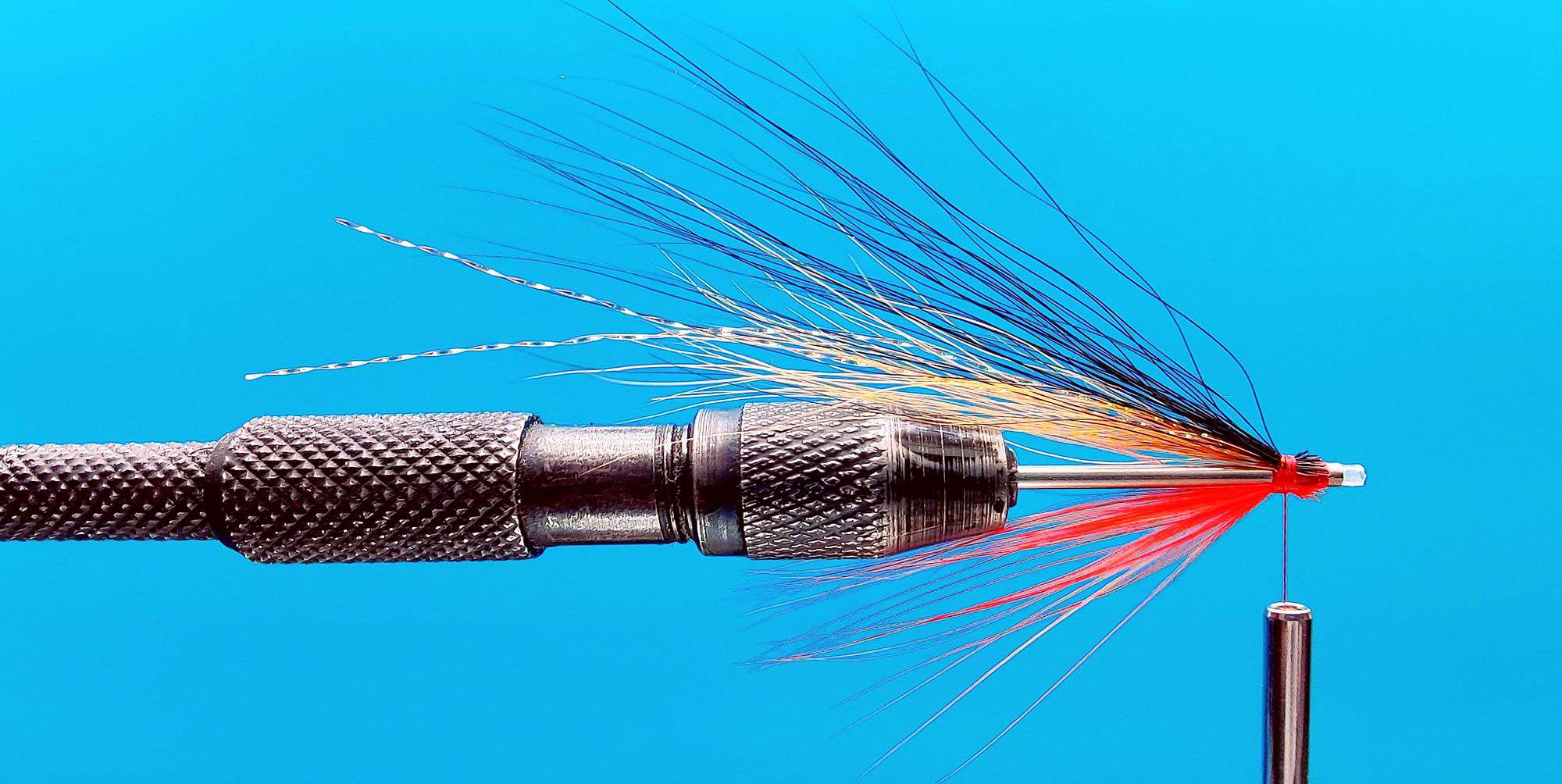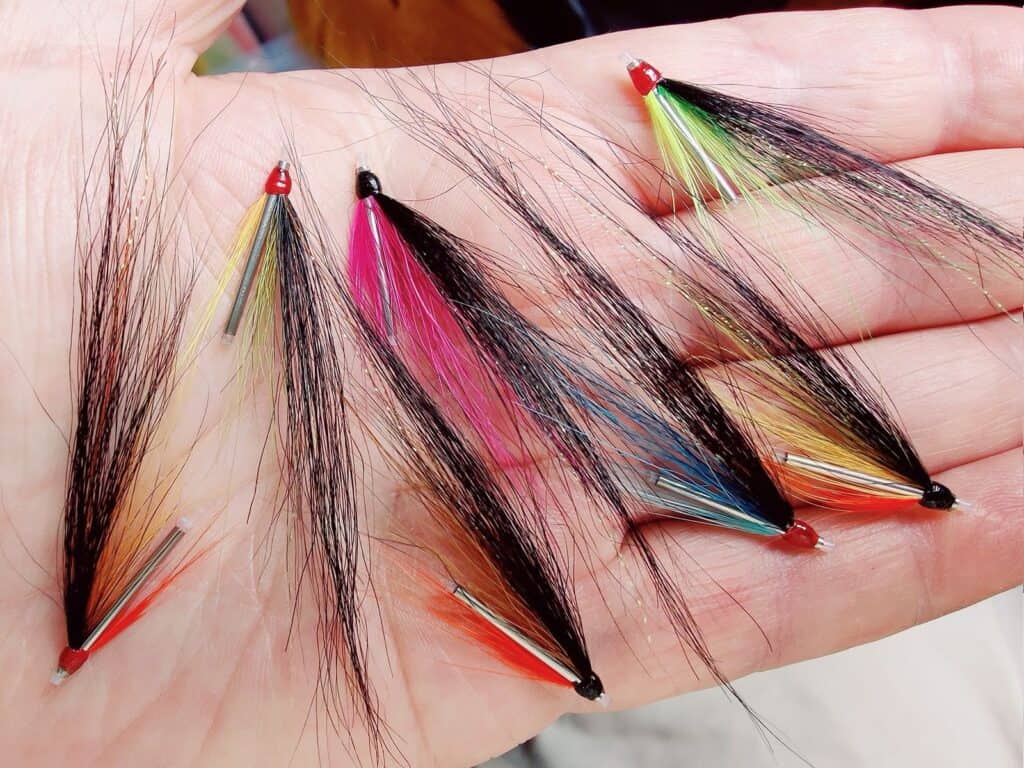How to tie a Simple Tube Fly
Tube flies, like flies dressed on hooks or wire shanks, can be as complicated or as simple as we like. A complex dressing is no guarantee of a successful fly. Indeed, I tend to think that a simple, sparsely dressed, mobile, impressionistic fly is often the most attractive. For the fly tying beginner, and maybe also for those, like me, getting on in years with failing eyesight and increasingly limited dexterity, this is quite convenient.
I illustrate below the tying sequence of a most simple tube fly. It requires no great skill on the part of the fly tyer and may be dressed quite easily by a complete beginner. He will, of course, need a few basic essentials tools such as a tube fly vice or adapter, a bobbin holder loaded with some tying thread and a pair of scissors. The fly may be dressed on any suitable tube. The materials comprise a coloured hackle, arctic fox hair, squirrel hair, a strand of Krystal Flash and some varnish. The head of the fly is formed using the tying thread. For this, a whip finish is a useful skill which may be aquired in due course but it is not essential to finish the fly, which may be secured using a couple of half hitches, or simply by the application of superglue to the thread while forming the head. For this simple tube fly, I have used a stainless steel needle tube, which requires no body dressing, making the fly even easier to tie.
Tube Fly Materials
Tube: stainless steel needle tube, 20mm long, 1.5mm diameter
Thread: red (or black) Uni-thread size 8/0
Hackle: orange rooster
Underwing: sunburst Arctic fox hair (other hair e.g. squirrel or fine bucktail might be substituted)
Flash: orange Krystal Flash (optional)
Wing: squirrel tail dyed black (other hair e.g. bucktail, Arctic fox or goat may be substituted)
How to Tie a Simple Tube Fly
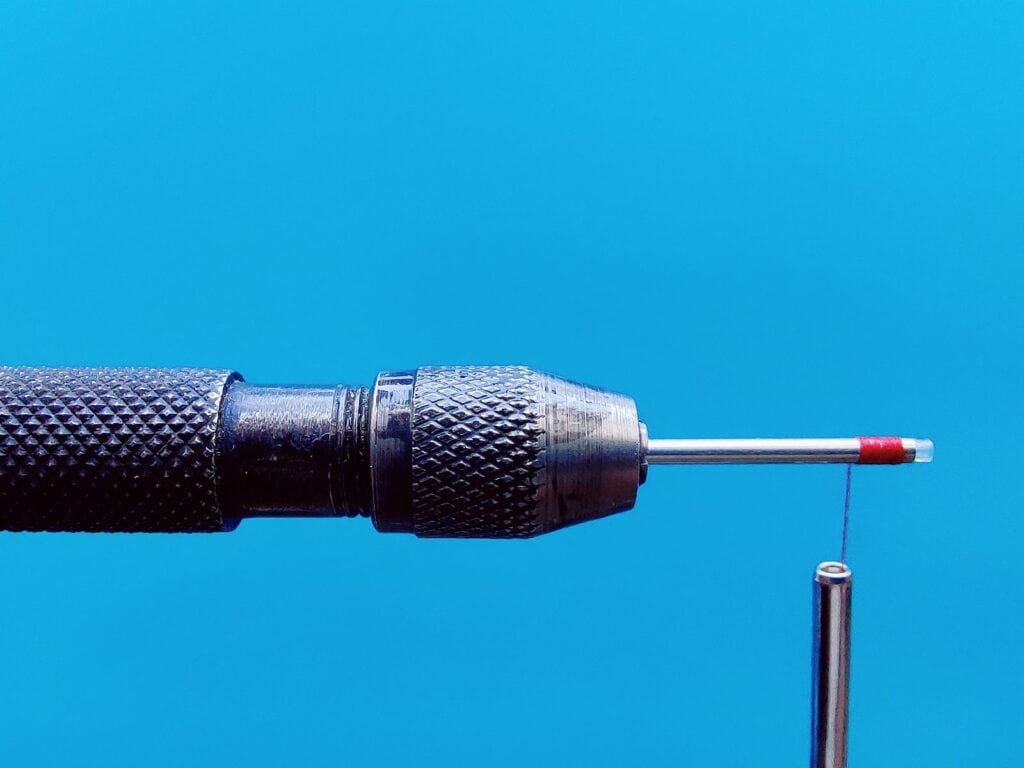
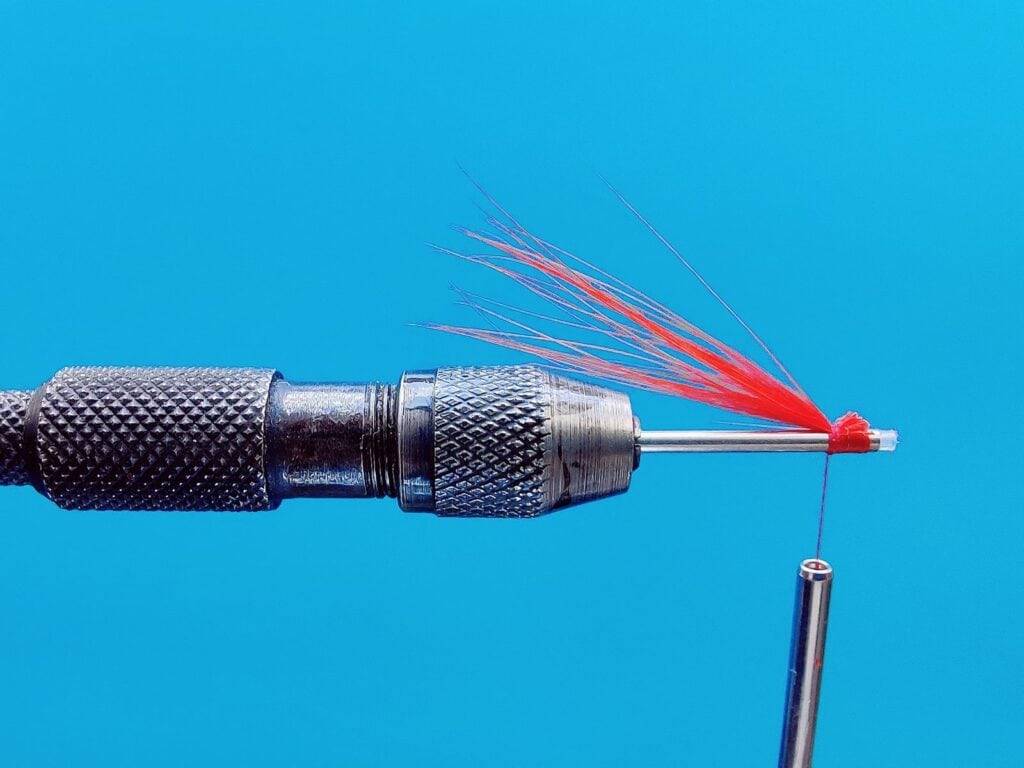
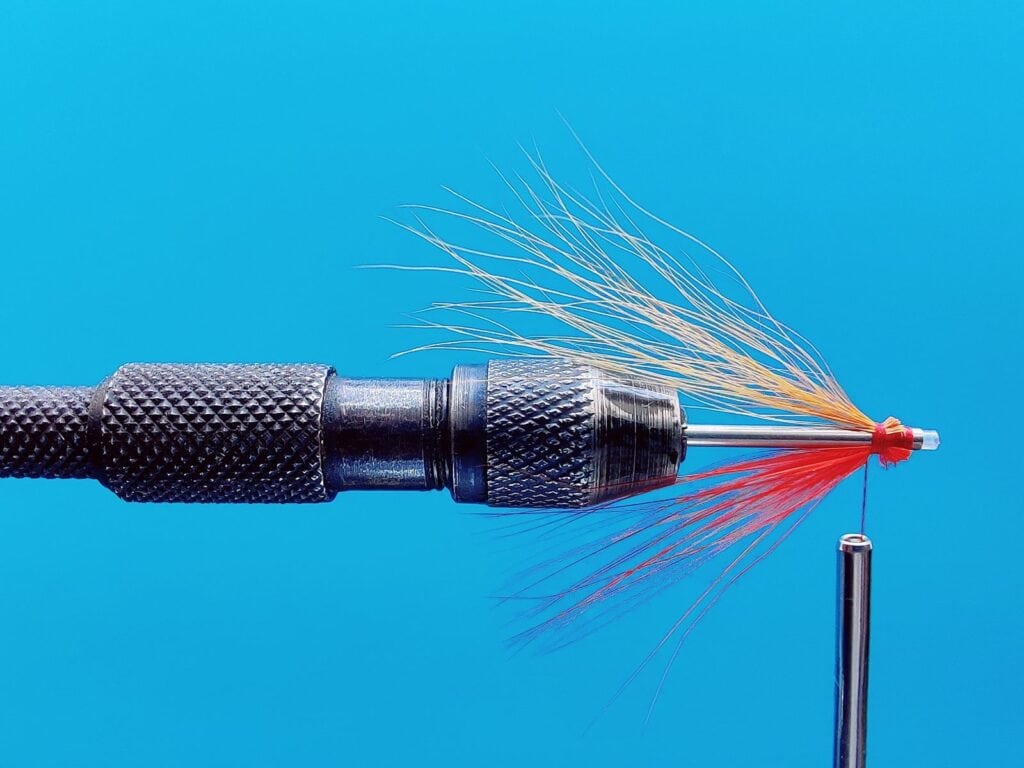
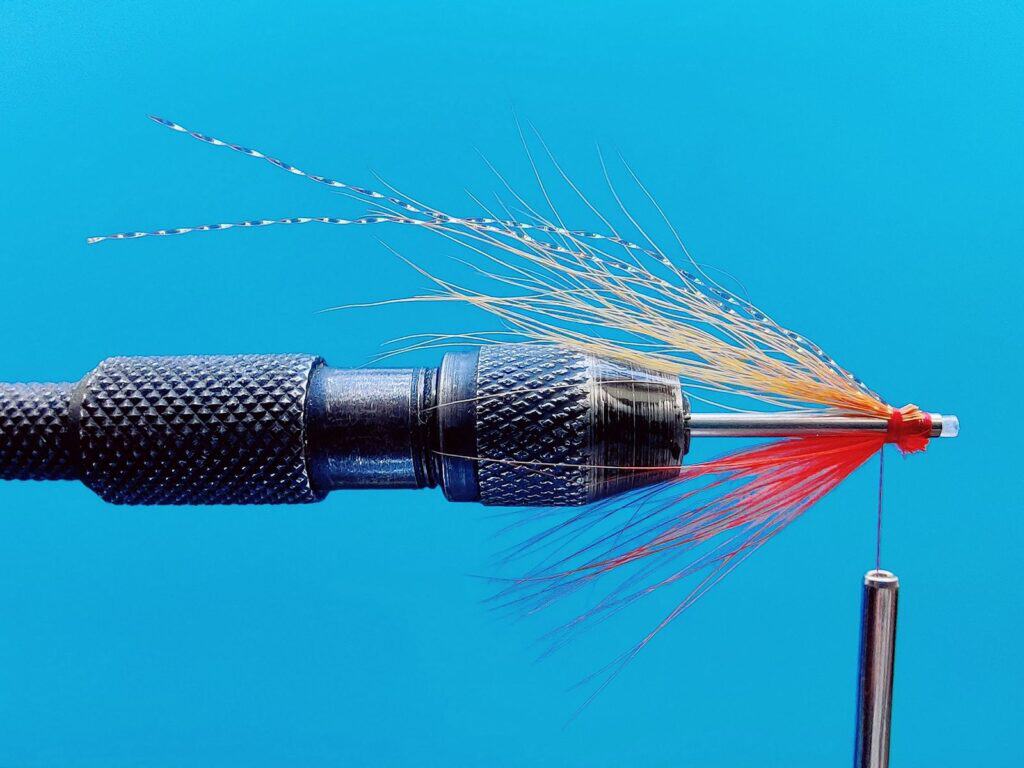
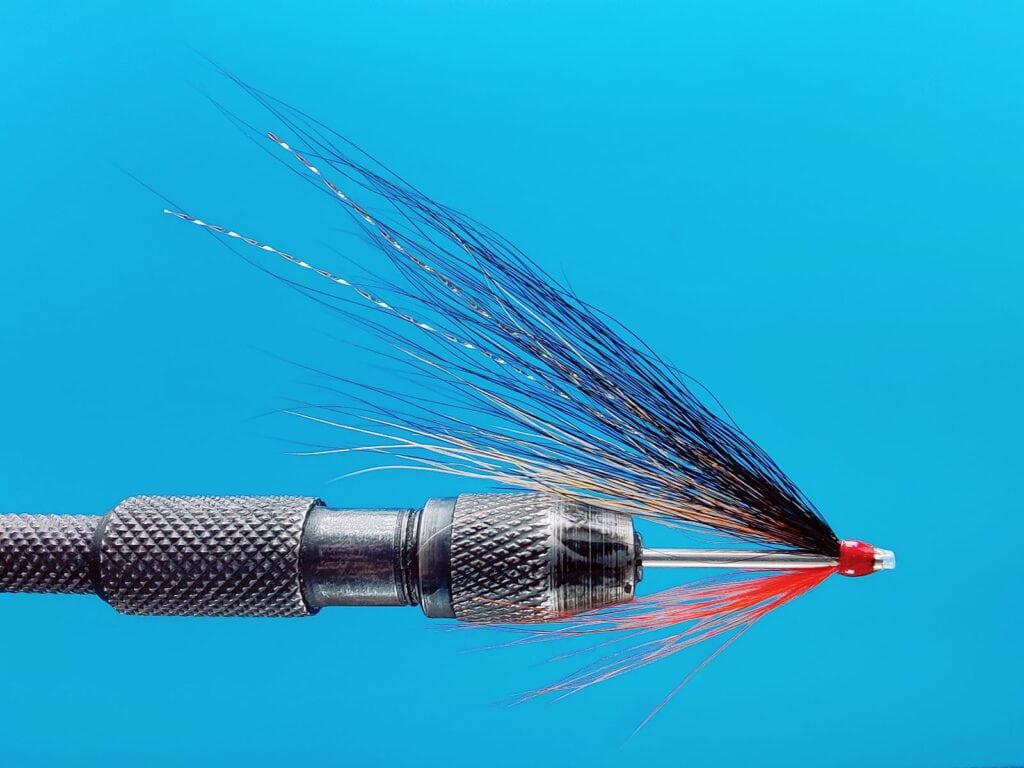
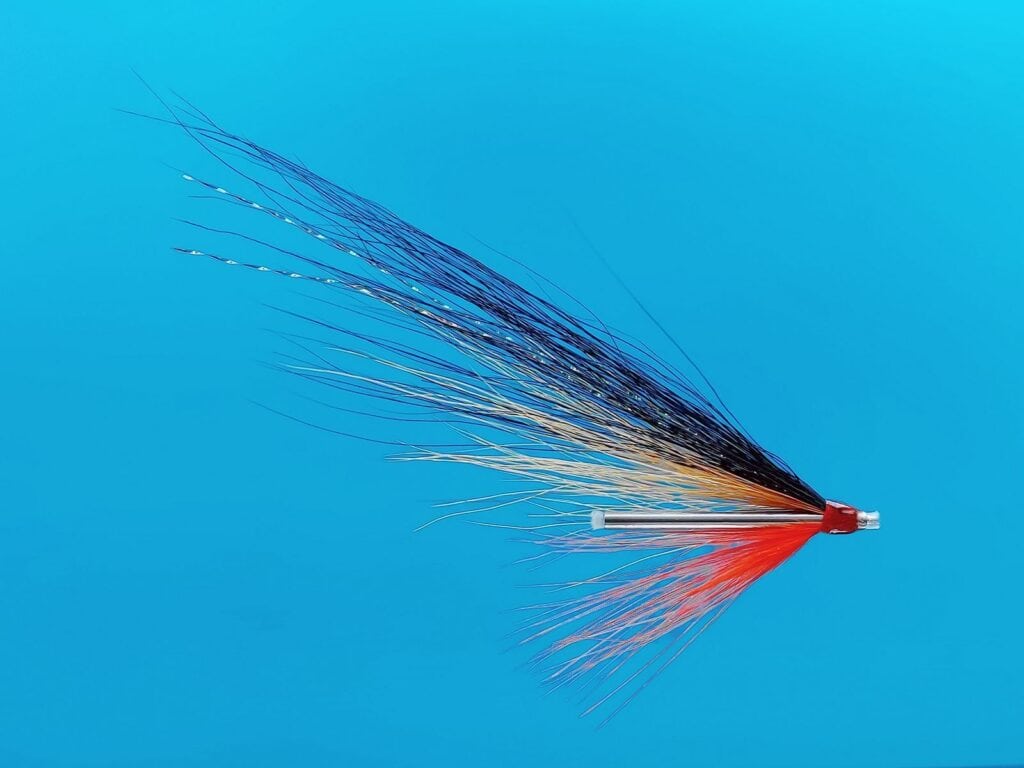
Here I have armed the tube fly with a single hook (Gamakatsu G-code F31, size 8) allowed to swing freely protected by a heat-shrink Knot Guard. Note that an undressed single or double hook, when attached to a line and allowed to swim freely in a current, will tend to do so with hook points uppermost.
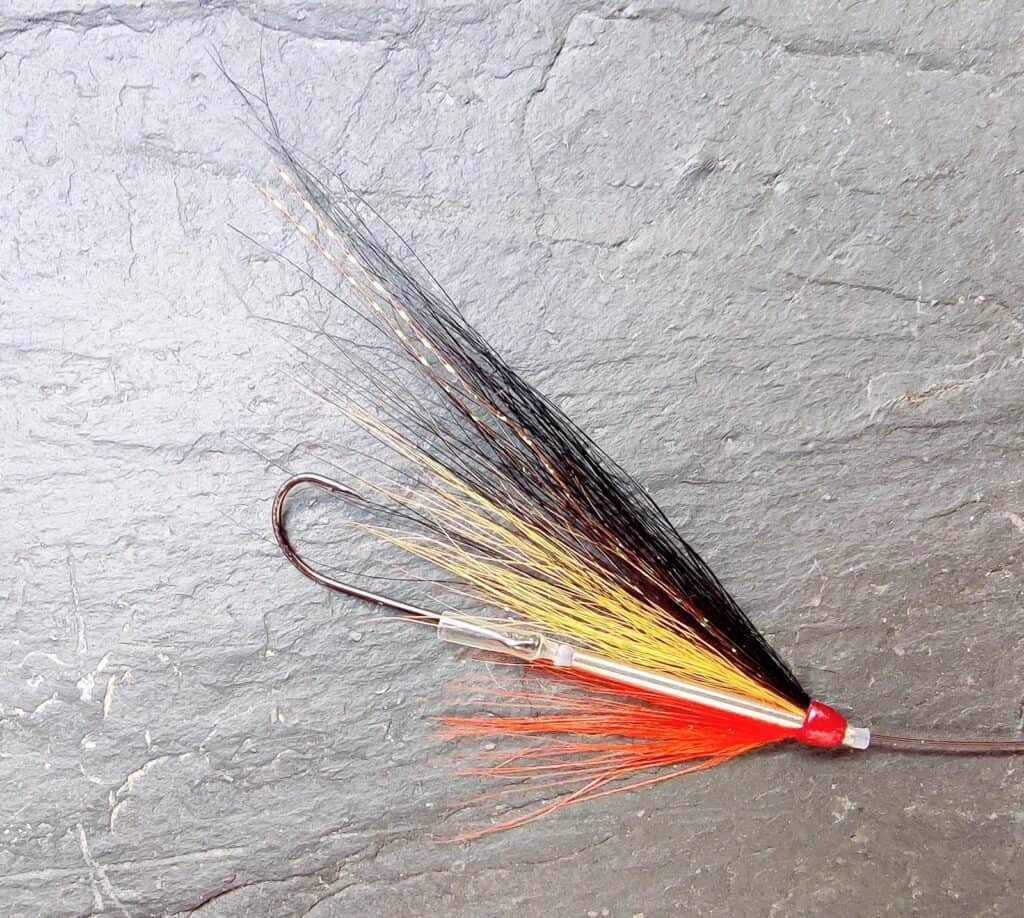
Some More Simple Needle Tube Flies
The tube material and size may be varied, as can the style of tube fly and the colours of the materials used, to create a range of simple, yet very effective tube flies, for salmon, sea trout or steelhead fishing.
